Concrete Leveling Timing Tips
Concrete levelings are essential for maintaining the stability and safety of paved surfaces. The timing of these services can significantly impact their effectiveness and longevity. Proper scheduling ensures the ground conditions are suitable for leveling, minimizing future issues such as cracking or uneven surfaces.
Spring and fall are typically ideal due to moderate temperatures and moisture levels that facilitate proper curing and adhesion.
Concrete leveling should be performed when temperatures are consistently above freezing and not excessively hot, usually between 50°F and 85°F.
Dry weather conditions are preferred to allow proper setting. Rain or high humidity can delay curing and compromise the results.
Optimal soil moisture levels are crucial. Too dry or too wet ground can hinder the leveling process and affect durability.
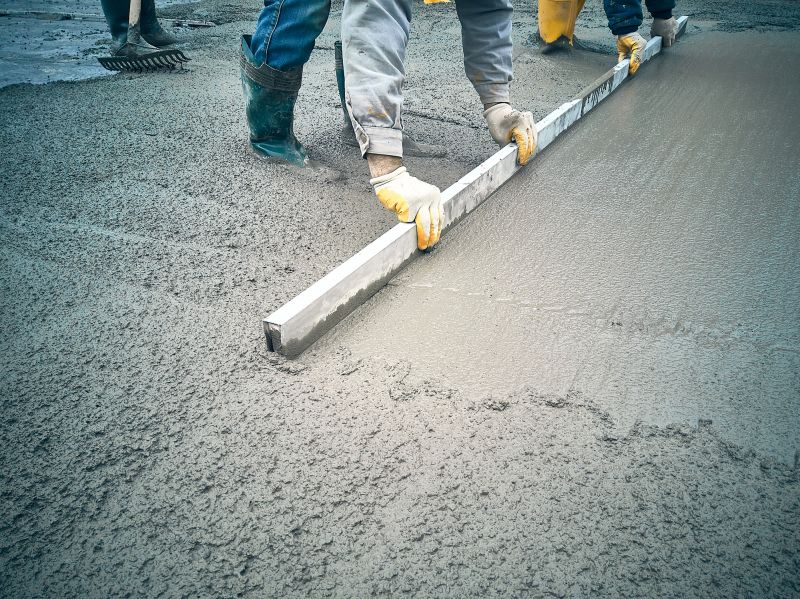
Spring offers ideal conditions with moderate temperatures and less extreme weather patterns.
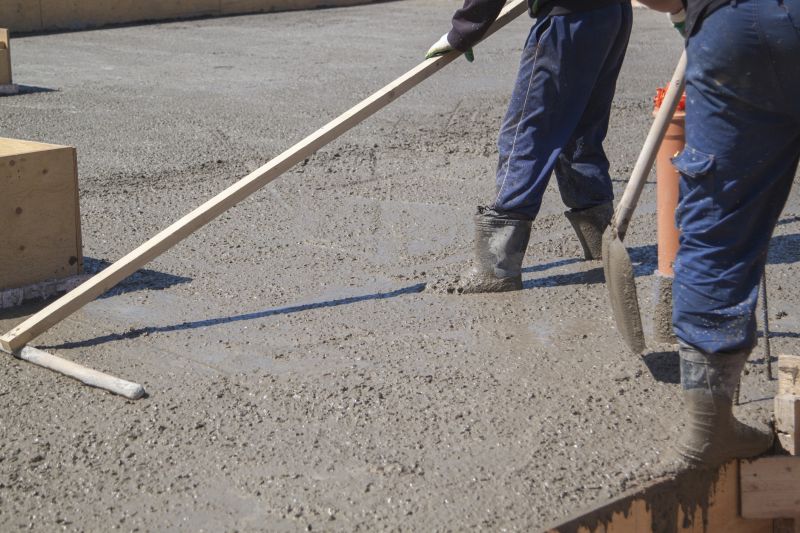
Fall provides cooler temperatures and lower humidity, suitable for effective leveling.
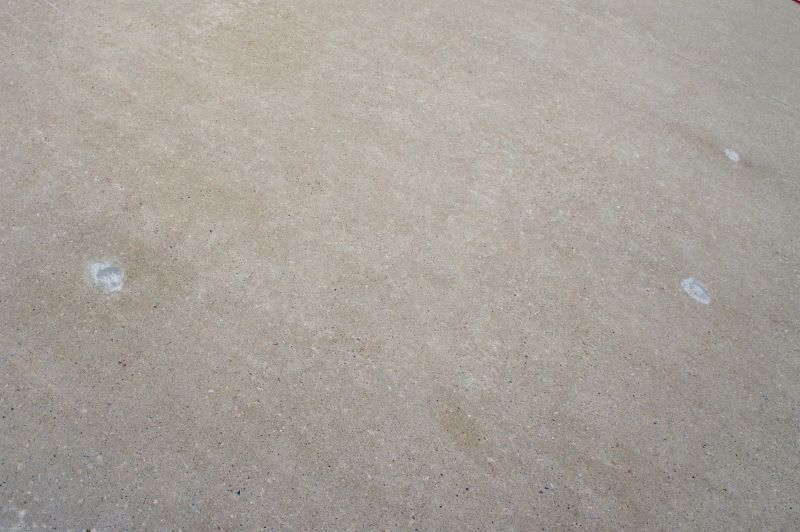
Dry and mild weather ensures optimal curing and adhesion during leveling.
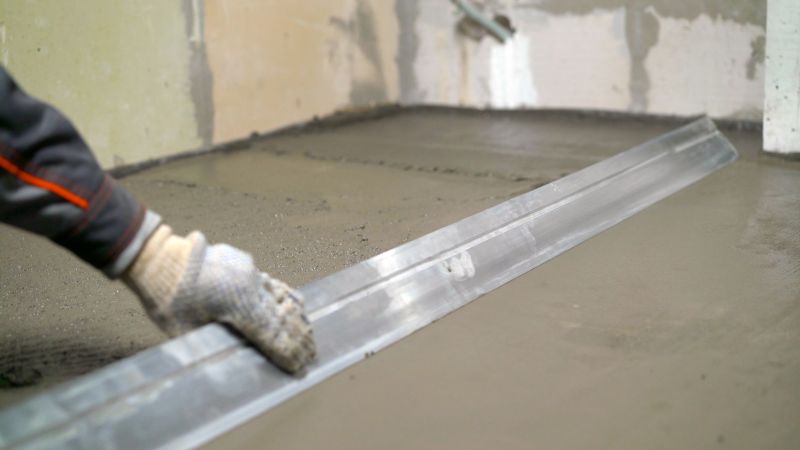
Ways to make Concrete Levelings work in tight or awkward layouts.
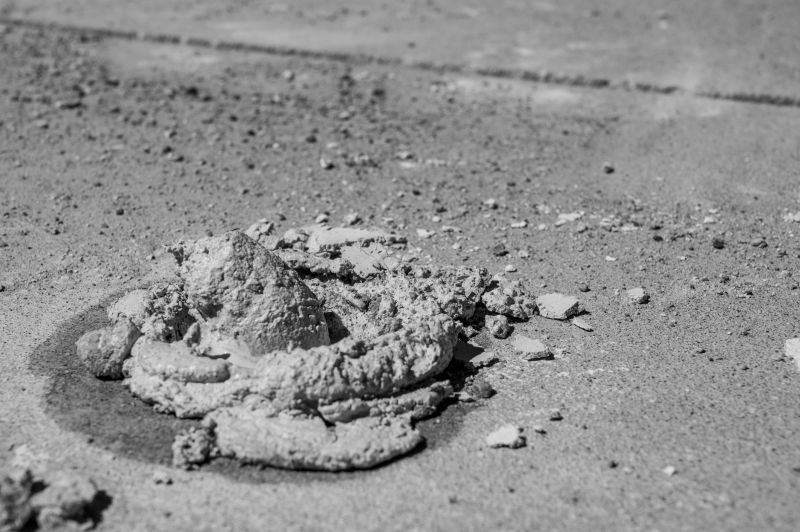
Popular materials for Concrete Levelings and why they hold up over time.
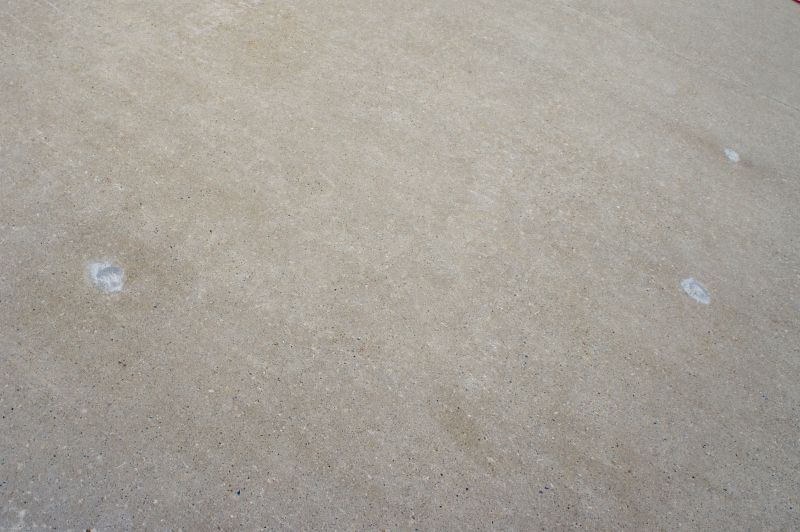
Simple add-ons that improve Concrete Levelings without blowing the budget.
| Season or Condition | Best Practices |
|---|---|
| Spring | Schedule after the last frost, when ground is thawed and moist. |
| Fall | Perform before temperatures drop below freezing, ensuring proper curing. |
| Dry Weather | Avoid during rain or high humidity to prevent delays. |
| Moderate Temperatures | Ideal range is between 50°F and 85°F for curing and adhesion. |
| Soil Conditions | Ensure soil is neither too dry nor too wet for optimal results. |
| Early Morning or Late Afternoon | Timing during cooler parts of the day can improve work conditions. |
Concrete levelings are a practical solution for restoring uneven surfaces caused by ground settling or shifting. They involve raising or leveling the existing concrete with minimal disruption, which is often more cost-effective than replacement. Proper timing is crucial to ensure the materials cure correctly and the surface remains durable over time. Weather conditions, ground moisture, and temperature all influence the success of the leveling process. Scheduling during favorable conditions can extend the lifespan of the repair and maintain the safety and appearance of the surface.
In addition to timing, understanding the soil and environmental factors is vital. Moisture content in the ground can affect how well the leveling compounds adhere and cure. Hot or cold weather can cause rapid or delayed setting, respectively. By selecting the appropriate season and weather window, property owners can achieve the best results and reduce the need for future repairs.
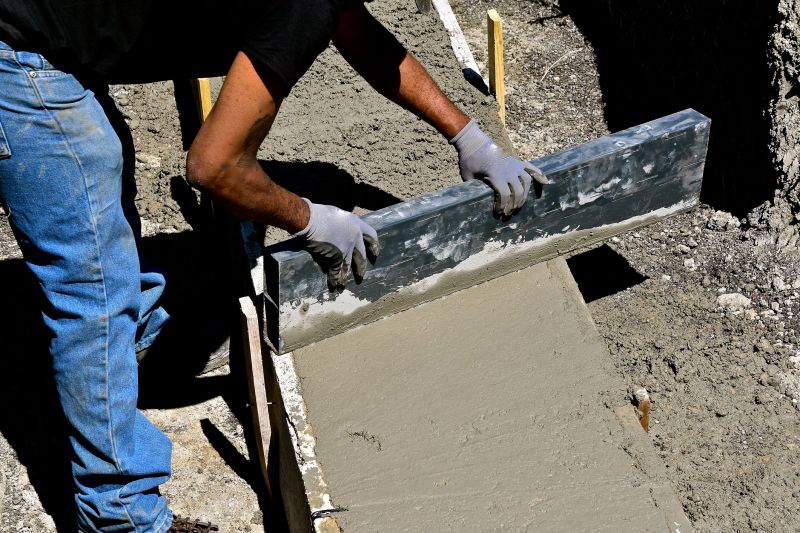
A professional process performed during optimal weather conditions.
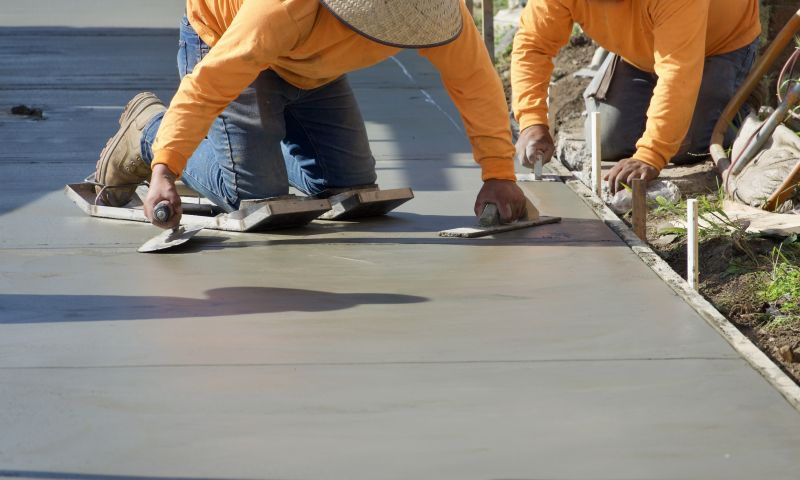
Smooth, level surface achieved through proper timing and techniques.

Ensuring soil moisture and temperature are suitable before leveling.
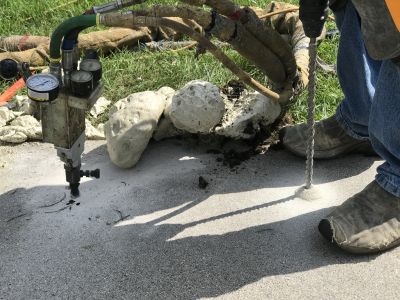
Scheduling inspections and repairs during favorable seasons.
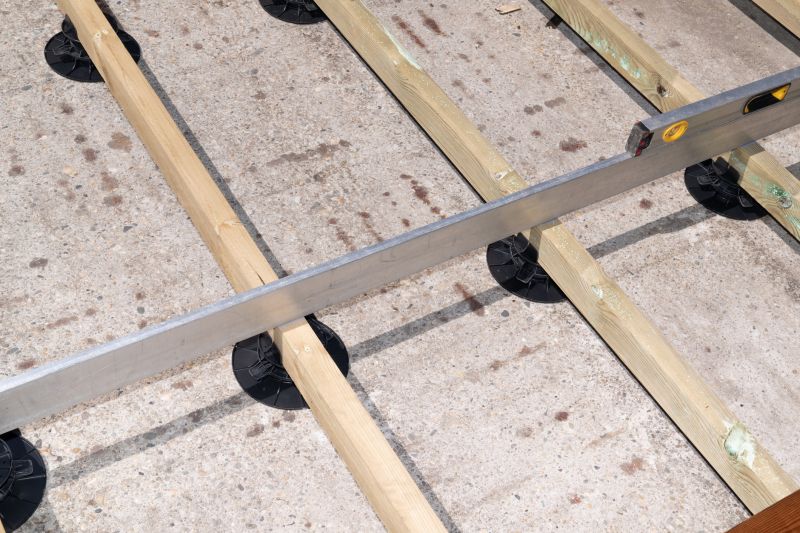
High-end options that actually feel worth it for Concrete Levelings.

Finishes and colors that play nicely with Concrete Levelings.

Little measurements that prevent headaches on Concrete Levelings day.

A 60-second routine that keeps Concrete Levelings looking new.
Interested property owners are encouraged to contact for more information about scheduling concrete levelings at the optimal time. Proper planning and timing can enhance the durability and appearance of paved surfaces, preventing costly repairs in the future.
